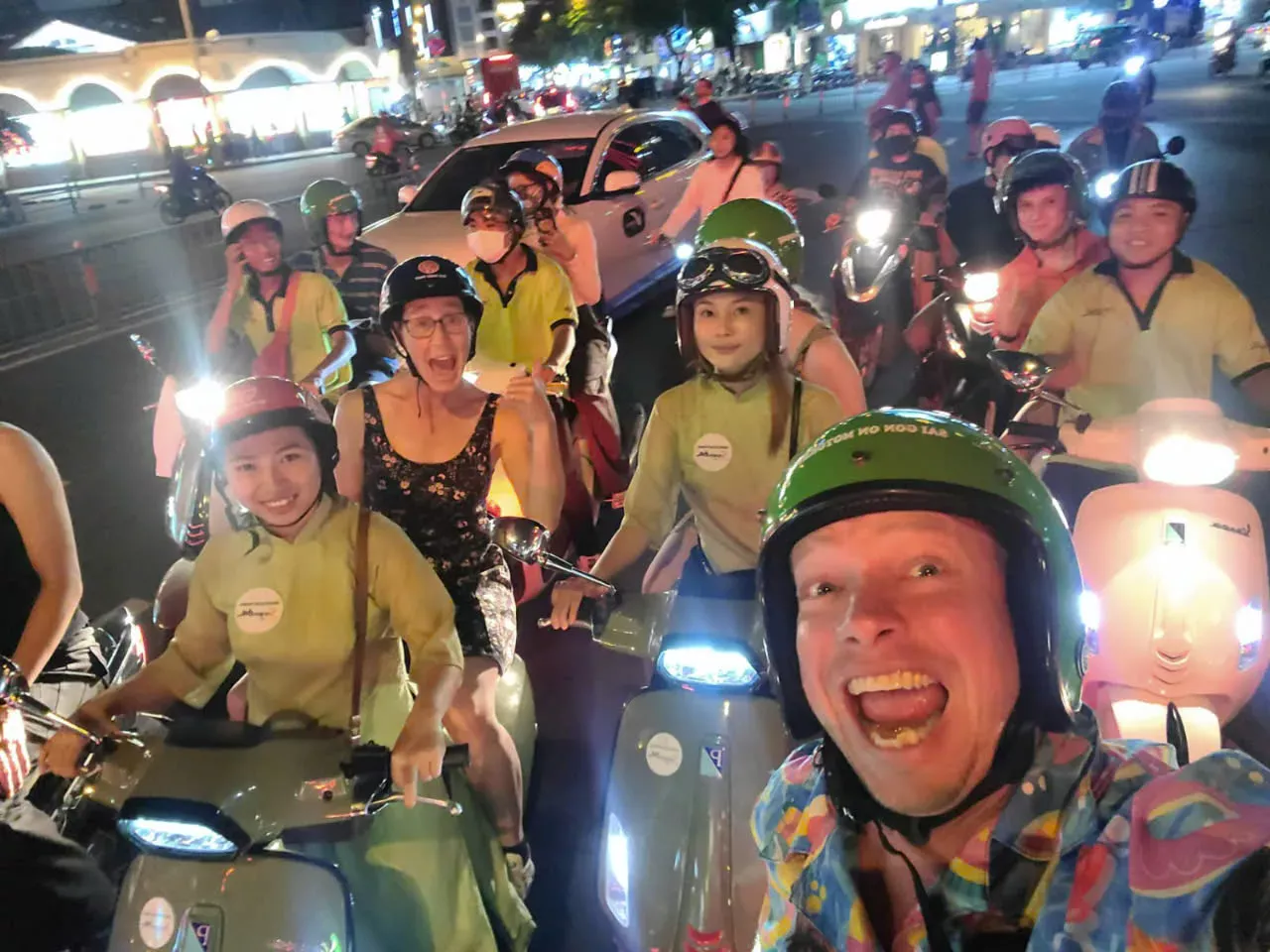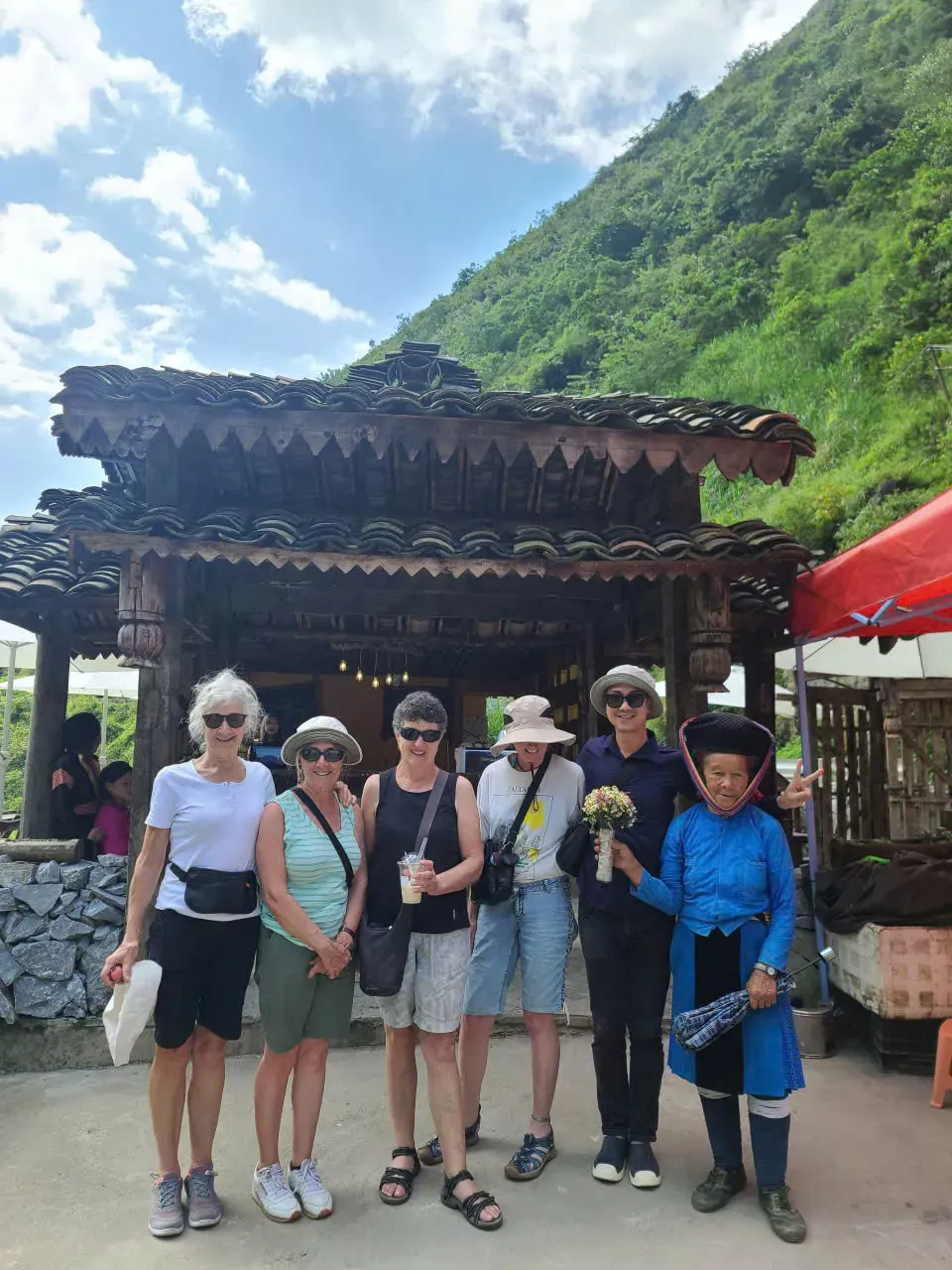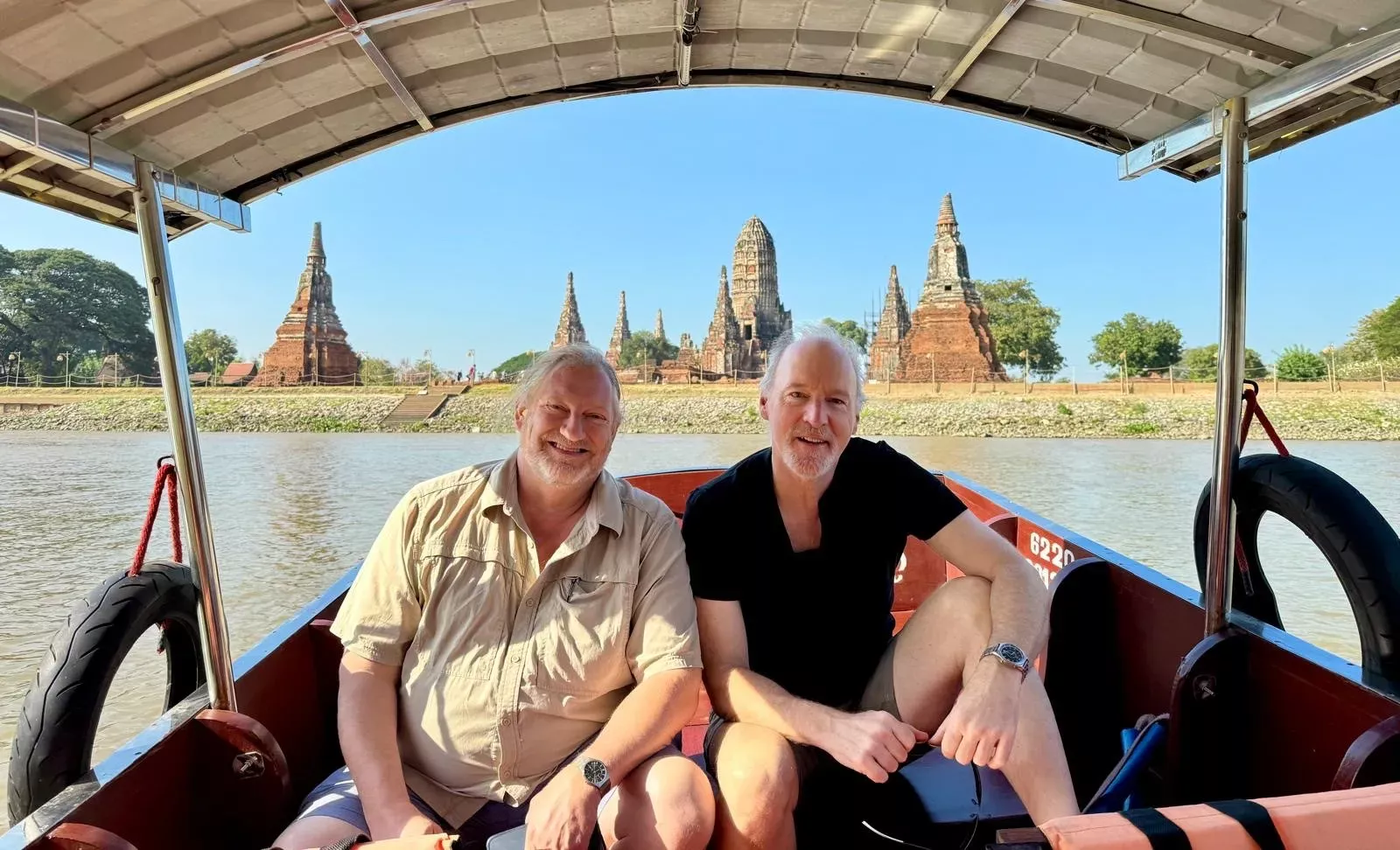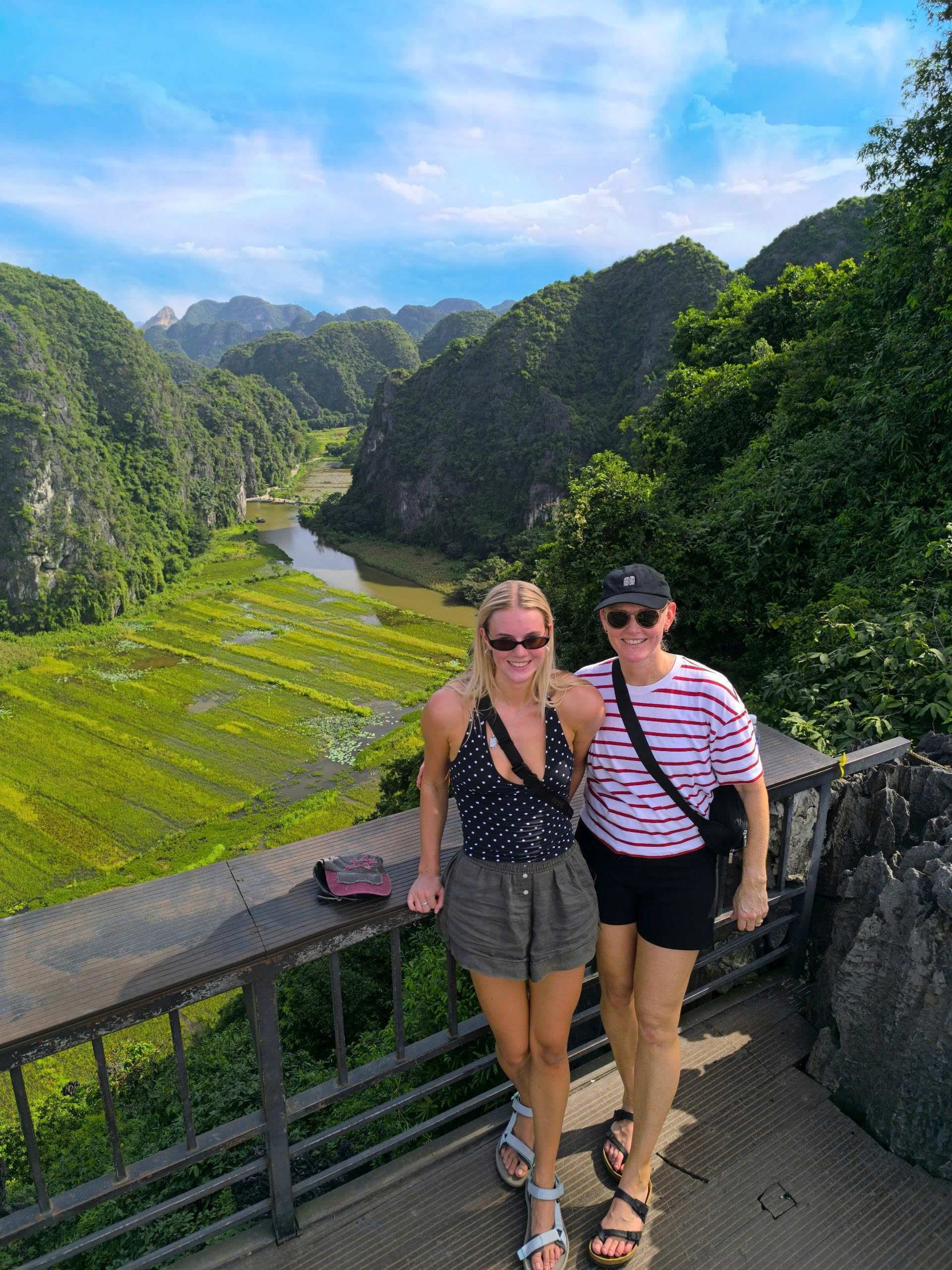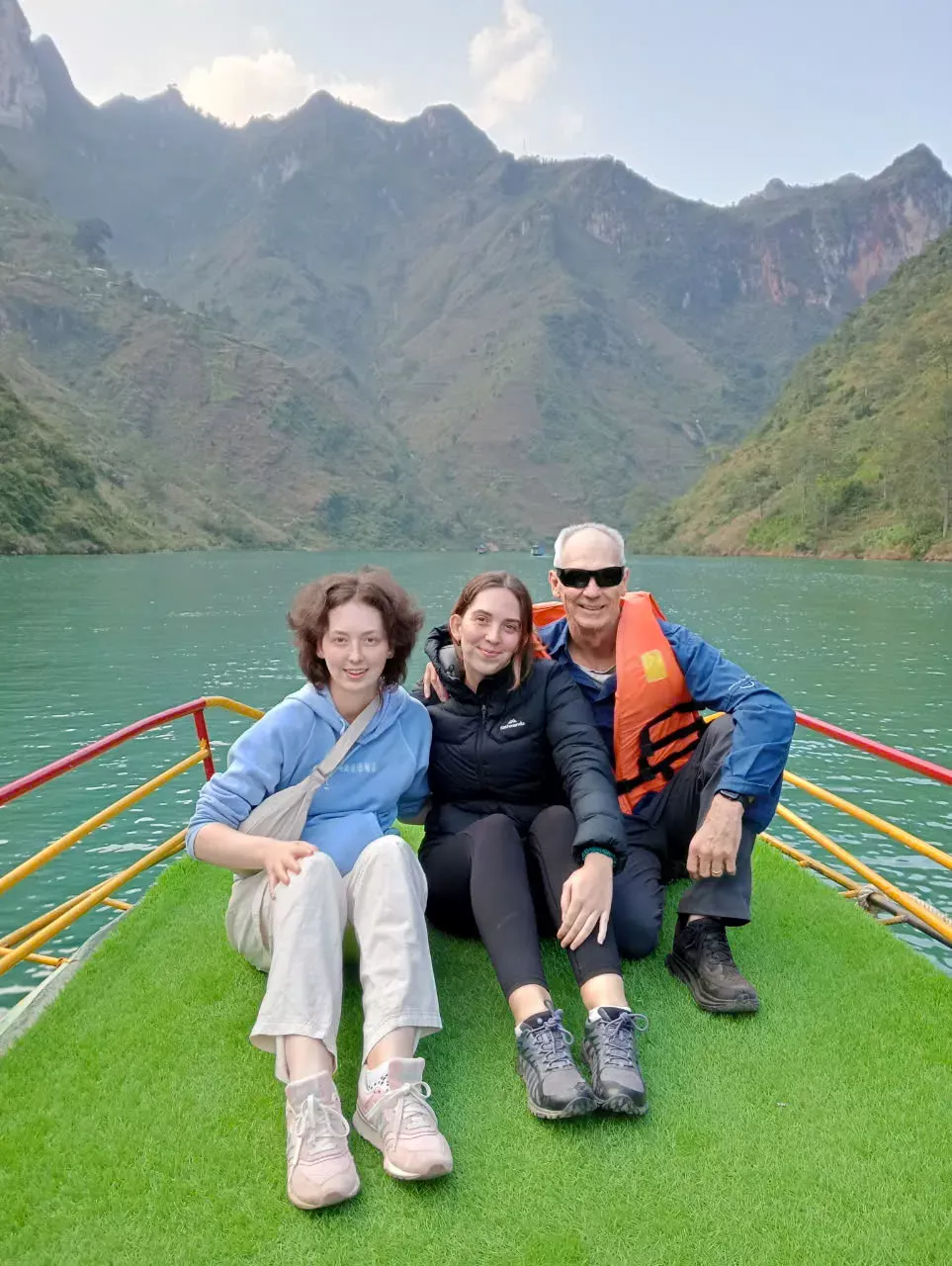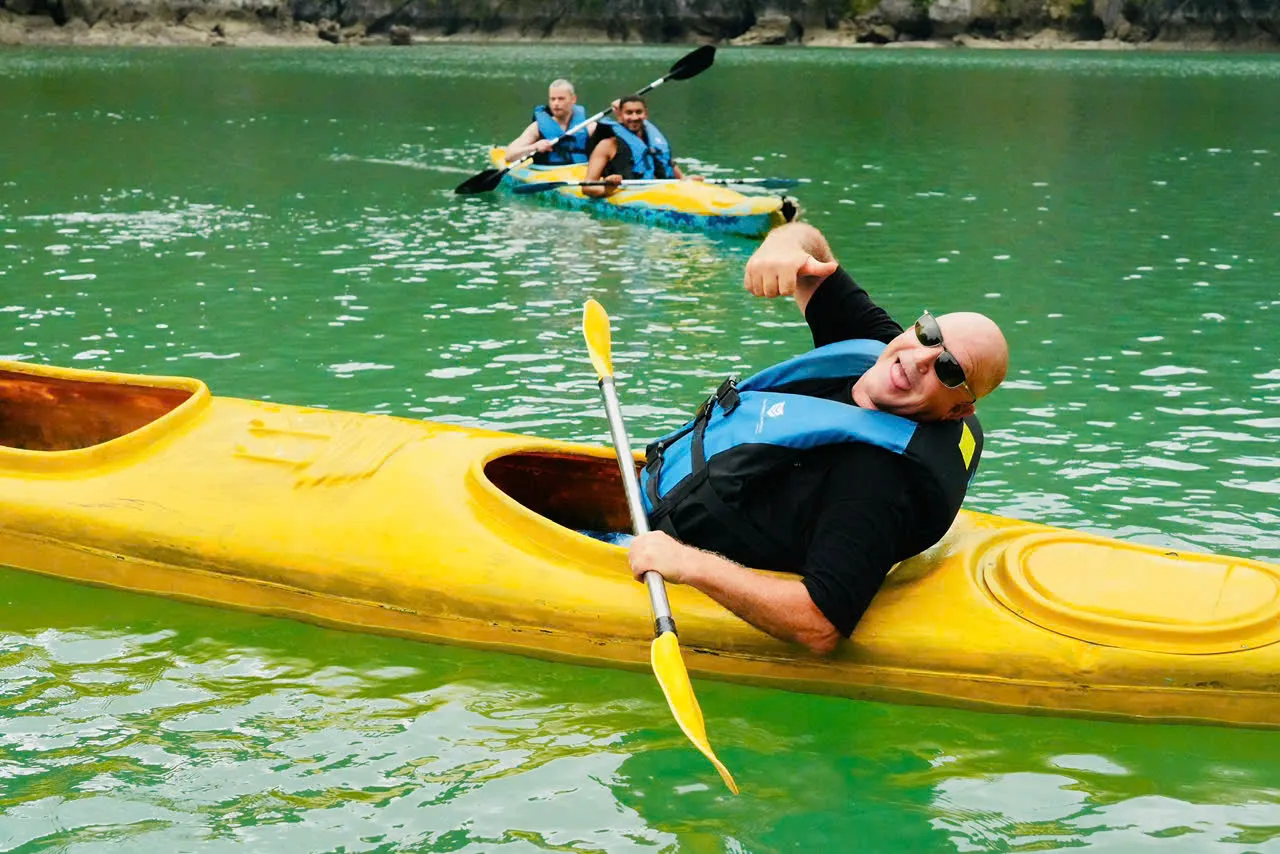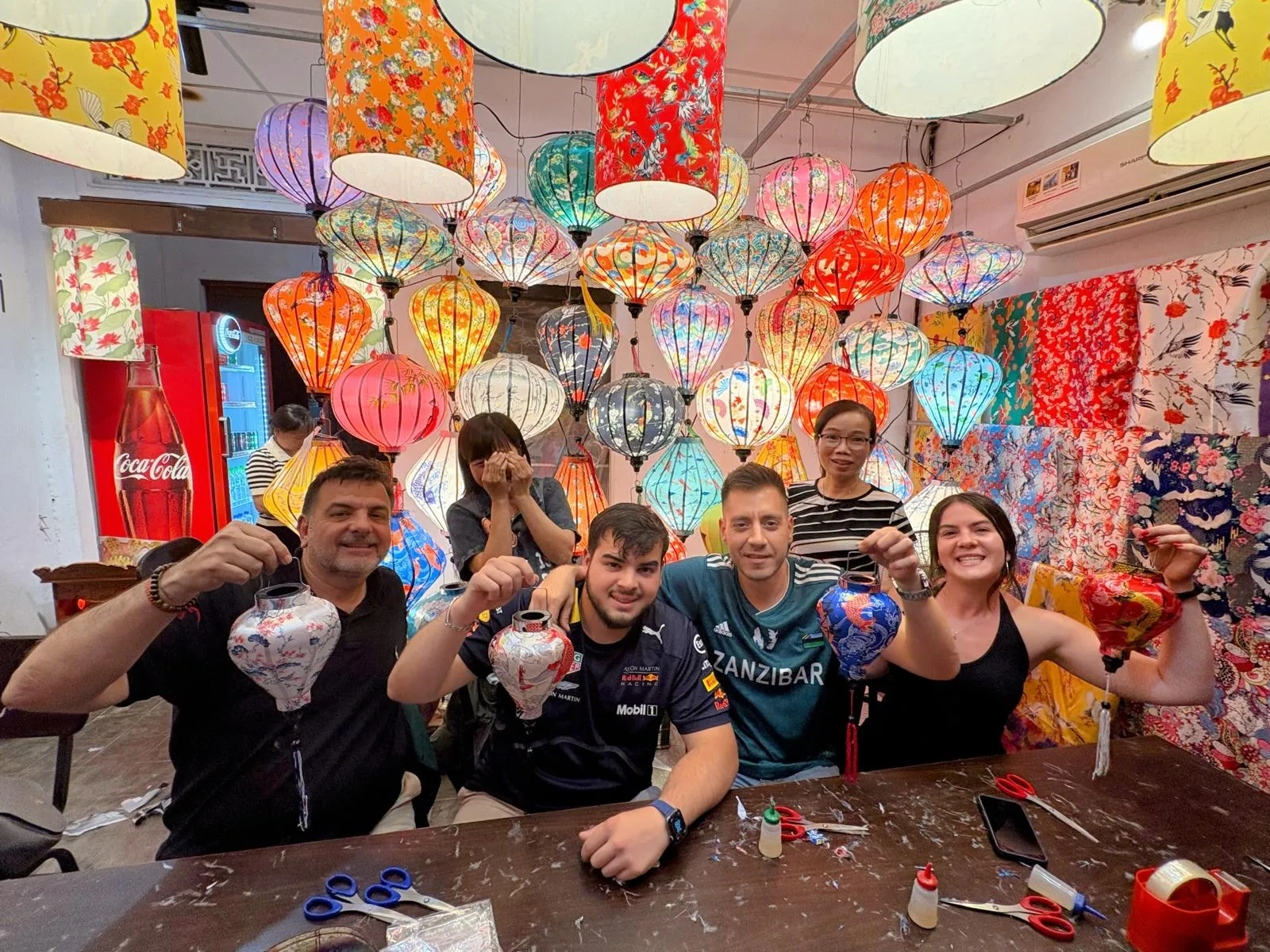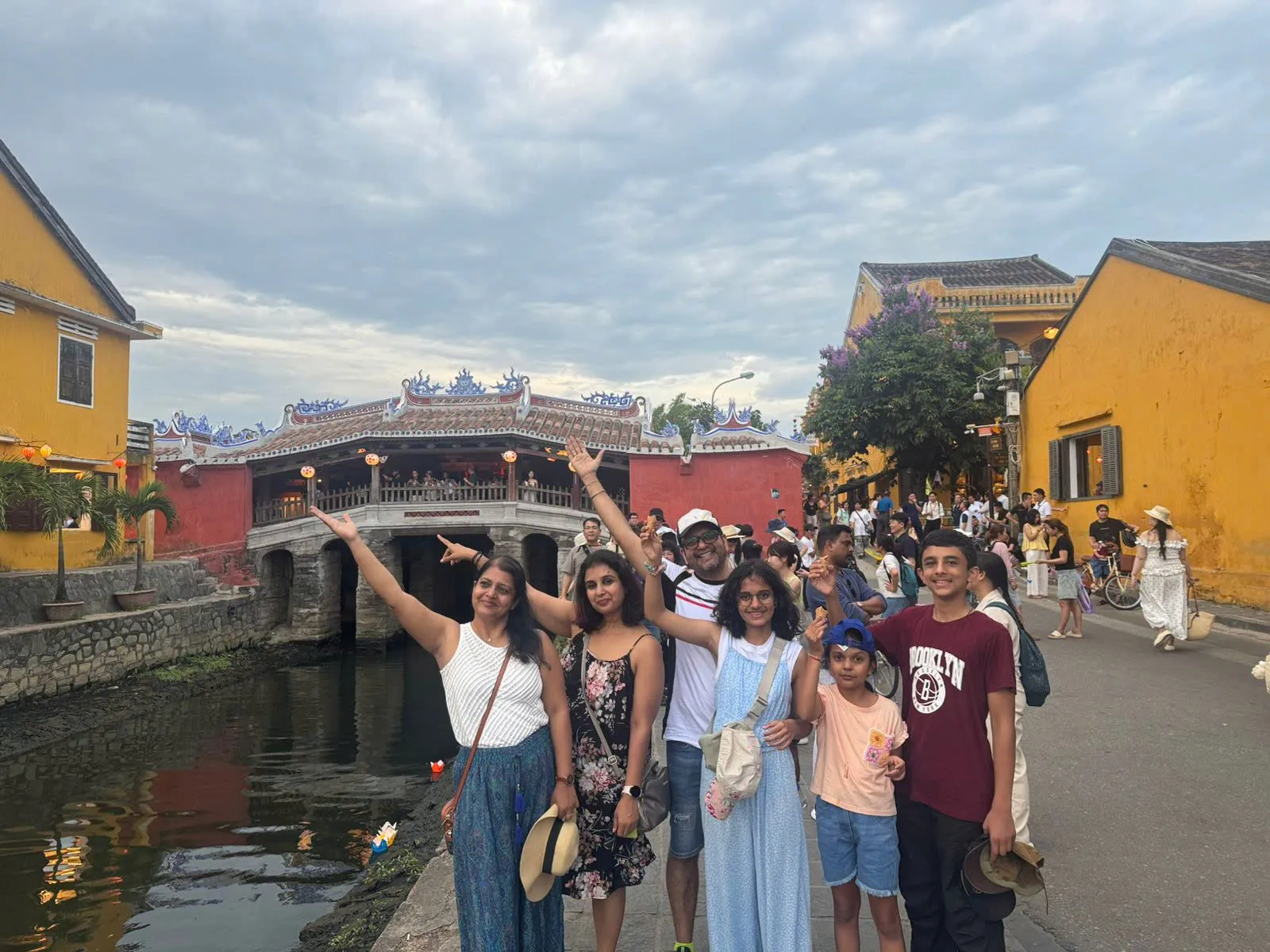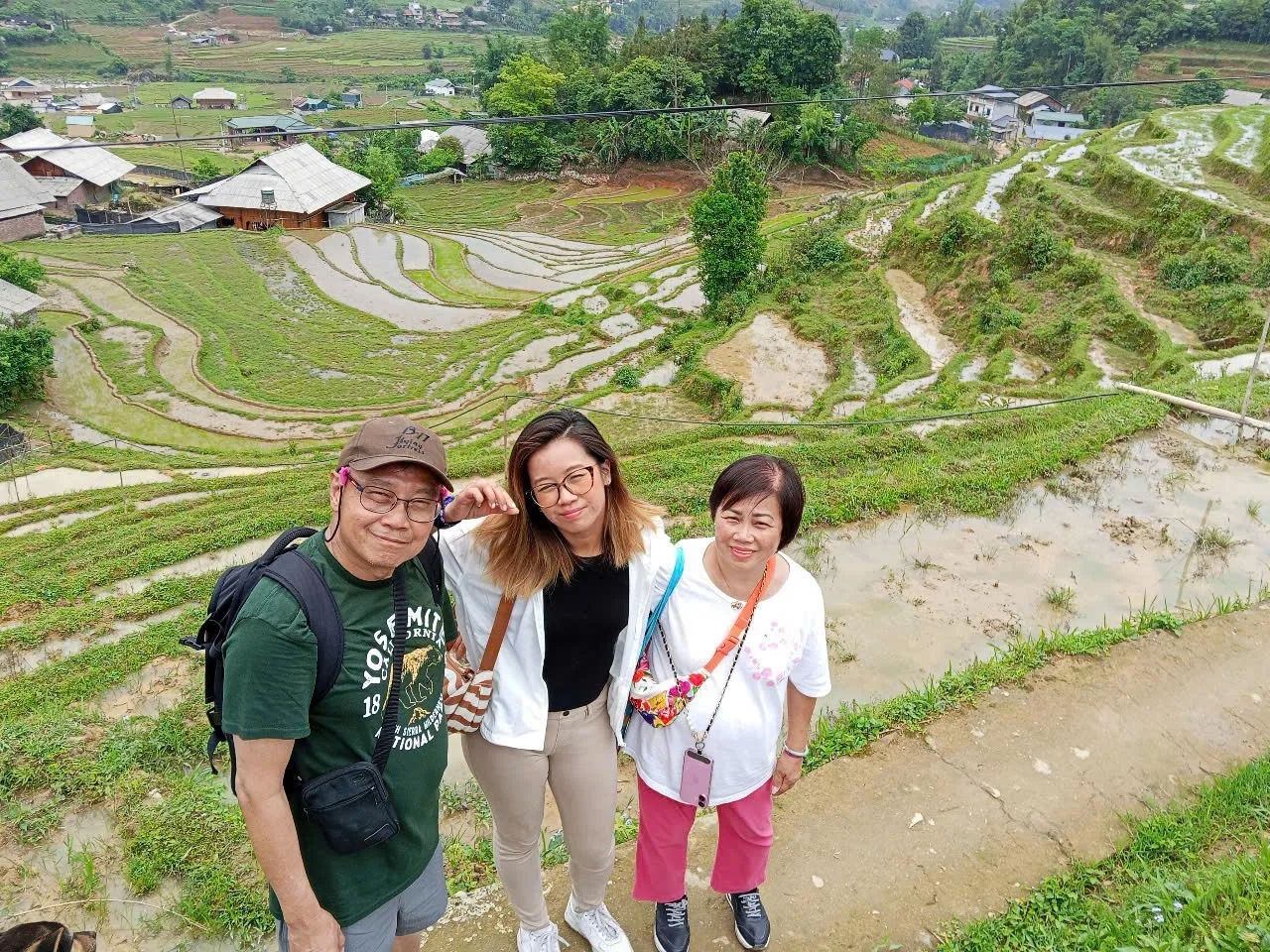
When Is the Best Time to Visit Vietnam?
Before getting into your itinerary, let’s break down the weather in Vietnam. Three primary climate zones cover the country:
-
North Vietnam (Hanoi, Sapa, Ha Long Bay): Cool and dry from October to April.
-
Central Vietnam (Hoi An, Hue, Da Nang): Best between February and May with warm sunshine.
-
South Vietnam (Ho Chi Minh City, Mekong Delta, Phu Quoc): Dry and hot from December to April.
Most travelers find February to April as the most comfortable time of visiting all three regions. You can read our full guide here: Best Time to Visit Vietnam
Step-by-Step Guide to Planning a Trip to Vietnam

Step 1 – Decide When to Go and How Long to Stay
Check your calendar against Vietnam’s seasonal weather if it’s a beach break you’re planning; aim for the driest months in Central/South Vietnam. If it’s mountain trekking or culture vulturing you’re more interested in, check out the North in spring or autumn.
Consider carefully how much time you can afford. A week means one region; ten days lead to a north-central combo. With two to three weeks it is possible to come up over Hanoi and Ho Chi Minh City’s highlights and even make it a beach retreat. Always remember traveling in terms of time—Vietnam doesn’t look that big on the map but long distances together with road conditions can become really slow.
Step 2 – Choose Where to Go

Its beauty is in its diversity so tailor the destinations to your interests. Like history, do not miss Hanoi’s old streets and Hue’s imperial citadel. All natural? Try Sapa’s rice terraces or the caves at Phong Nha. With kids in tow? Da Nang beaches and Ba Na Hills are lots of fun for the whole family.
Think of the pace when planning a trip to Vietnam. An itinerary that’s fast allows you to see more, but don’t forget it’s the experience that matters. Stick to a few key stops instead of trying to see everything – you will enjoy it more and not suffer from travel fatigue.
In case you still feel that is not enough for the best experiences, check the 30 must-see locations in Vietnam here
Step 3 – Check Visa Requirements
Vietnam offers an easy e-visa system for citizens of over 80 countries. The application takes around 3 days to process and allows stays up to 30 or 90 days, depending on your nationality.
Apply through the official website only (avoid third-party agents unless necessary). Double-check that your arrival airport matches what’s listed on your visa. Keep a printed copy of the immigration approval letter. If you plan to leave and return (e.g., visiting Cambodia or Laos), apply for a multiple-entry visa in advance.
E-visa in Vietnam can apply at: https://evisa.gov.vn/
Step 4 – Book Your International Flights

Flights to Vietnam are available from most major cities worldwide. Depending on your route, you may fly into:
-
Hanoi if starting in the north
-
Da Nang if you want to begin in the center
-
Ho Chi Minh City for a southern start
Try to fly into one city and out of another to save backtracking time. Use search engines like Skyscanner or Google Flights to monitor prices. Flying mid-week and avoiding holidays like Tet can help you secure better deals.
Step 5 – Build Your Itinerary
After which you’ve selected your cities, it’s time to break it down as to how much time you’ll need in each. Don’t overpack your days. Traveling from one end of a city to the other in Vietnam is already quite time-consuming because of traffic or delays in public transportation.
A balance may be struck between one day of hectic tourism, one day of softer exploration, and one overnight side trip ‘escaping from the city’ to Ha Long Bay or the Mekong Delta. Always build in time for rest, especially if you’re crossing multiple time zones.
Overnight tours in Ha Long Bay or the Mekong Delta may offer an alternative way of traveling that is not jumping from hotel to hotel. The traveler is strongly advised to add rest days in his schedule particularly in a case of crossing several time zones.
Step 6 – Arrange Transportation Within Vietnam

Within Vietnam, there is a very consolidated network of internal flights enabling very cheap and fast travel over long distances. Vietnam Airlines, VietJet, and Bamboo Airways run several daily flights between these cities.
The Reunification Express train is a good option for scenic travel between Hanoi and Da Nang or Hue. If you are traveling overnight, it is recommended that you book a soft-sleeper berth. A private driver may be hired particularly in rural areas and for group travel as this will save time and is much convenient especially when traveling with kids or seniors.
Step 7 – Book Accommodation

Pre-booked hotels, hostels, and resorts in Vietnam usually represent good value. Fine, then what’s your travel style? If you’re into local charm, that’s a boutique hotel or homestay. If you’re traveling with your family or a group of people, maybe apartment rental is more likely for you.
During the high seasons’ rooms can go quite fast in popular areas (December-February and June-August). Booking in advance would ensure you get the location and amenities you require – Wi-Fi, air conditioning, breakfast on site.
Step 8 – Pack Smart

Weather in Vietnam is variable depending on the region you are traveling to. For example, in winter, Hanoi can be quite chilly and misty, while Ho Chi Minh City will remain toasty under bright sunshine. Layers, comfortable walking shoes, and a few modest outfits for temples or rural areas.
Other essentials such as:
- Mosquito repellent
- Sunscreen
- Reusable water bottle
- Some basic medications for motion sickness and stomach upsets
- Waterproof bag for electronics when going on a boat trip
You don’t need to overpack because Vietnam has enough markets and convenience stores where you can buy anything you forget. For more information, you can check out our sample Vietnam packing list here.
Step 9 – Get Travel Insurance and Prepare Documents

Travel insurance is not just a box to tick; it could be a lifesaver. Vietnam’s healthcare system is reliable in cities but can be expensive for foreigners. Insurance also covers delays, cancellations, and theft.
Scan or take photos of your important documents and email them to yourself. Keep hard copies in a separate pouch in your bag. Some hotels may ask for printed visa copies on check-in, so it’s good to have them ready.
Step 10 – Prepare for a Smooth Arrival
When landing, make sure you have your passport, visa printout, and the address of the first hotel you’re going to stay at. Data-enabled SIM cards are available at the airport – so get one: you’ll want to be able to use Grab, Google Maps, translator apps, etc. Try to learn some common Vietnamese phrases and gestures. Vietnamese people highly appreciate their language as well as gestures, so your modest smile and polite tone could work wonder. Be prepared for a warm welcome but with a little chaos. Don’t worry, you won’t forget how to smile and be polite, patience while waiting at immigration or transport hubs when there are many local holidays for people celebration.
Quick Travel Guide for First-Time Visitors

Currency:
-
The local currency is Vietnamese dong (VND)
-
Use cash in markets and smaller shops
-
ATMs are common and major cities accept cards
Internet and Mobile:
Food & Water Safety:
-
Street food is usually safe — choose busy stalls
-
Drink bottled or filtered water
-
Inform staff of allergies or dietary needs
Safety & Health:
-
Vietnam is safe, even for solo travelers
-
Watch for motorbikes when crossing the street
-
Carry a basic first-aid kit and check vaccine requirements before your trip
Check out our Vietnam travel guide for a smooth trip here
Conclusion
Planning a trip to Vietnam is part of the experience itself. With thoughtful preparation, you’ll discover a country filled with contrasts, from quiet countryside and ancient temples to lively cities and sunlit beaches. The steps in this guide are here to help, but don’t hesitate to follow your instincts and embrace the unexpected along the way.
If you’d like support in building a smooth, personalized journey, our travel specialists are here to help. You can contact us anytime to start planning a trip that fits your style and lets you explore Vietnam with ease and confidence.
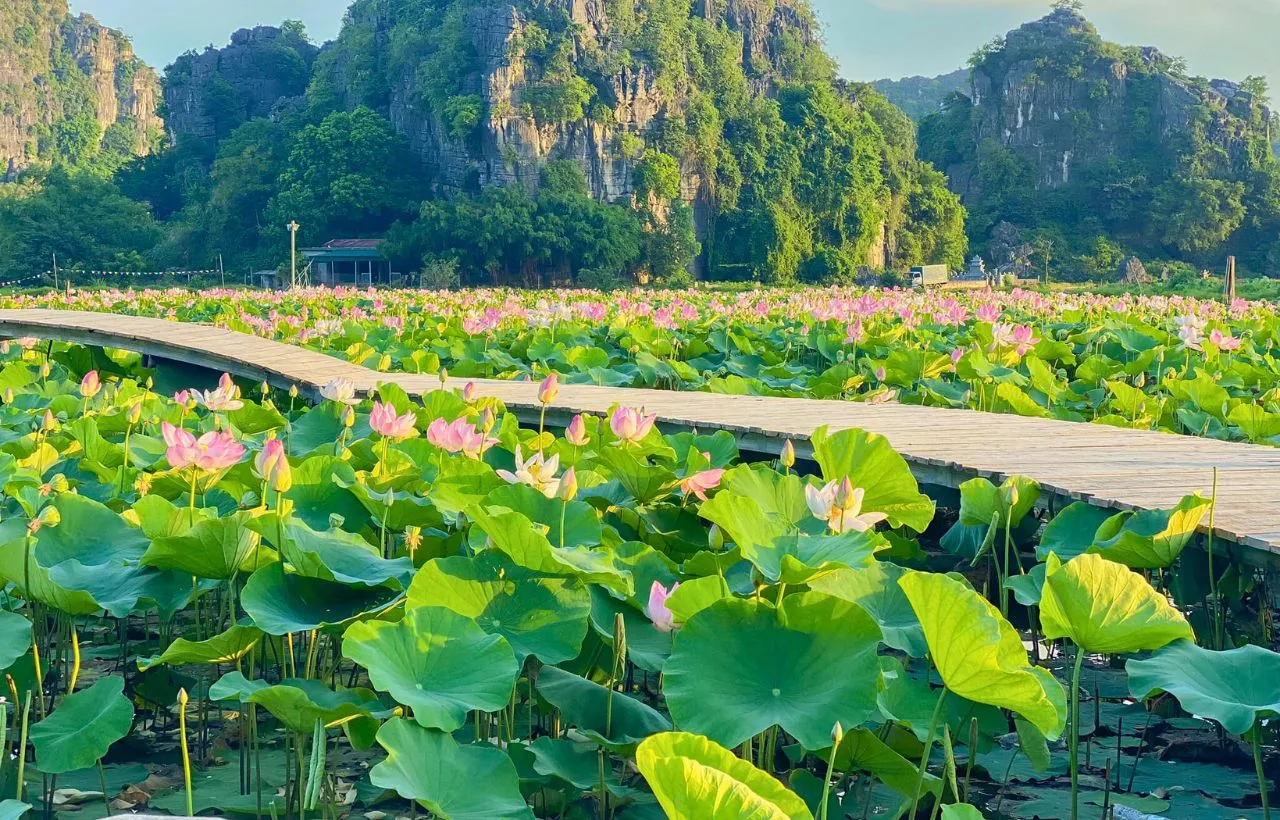
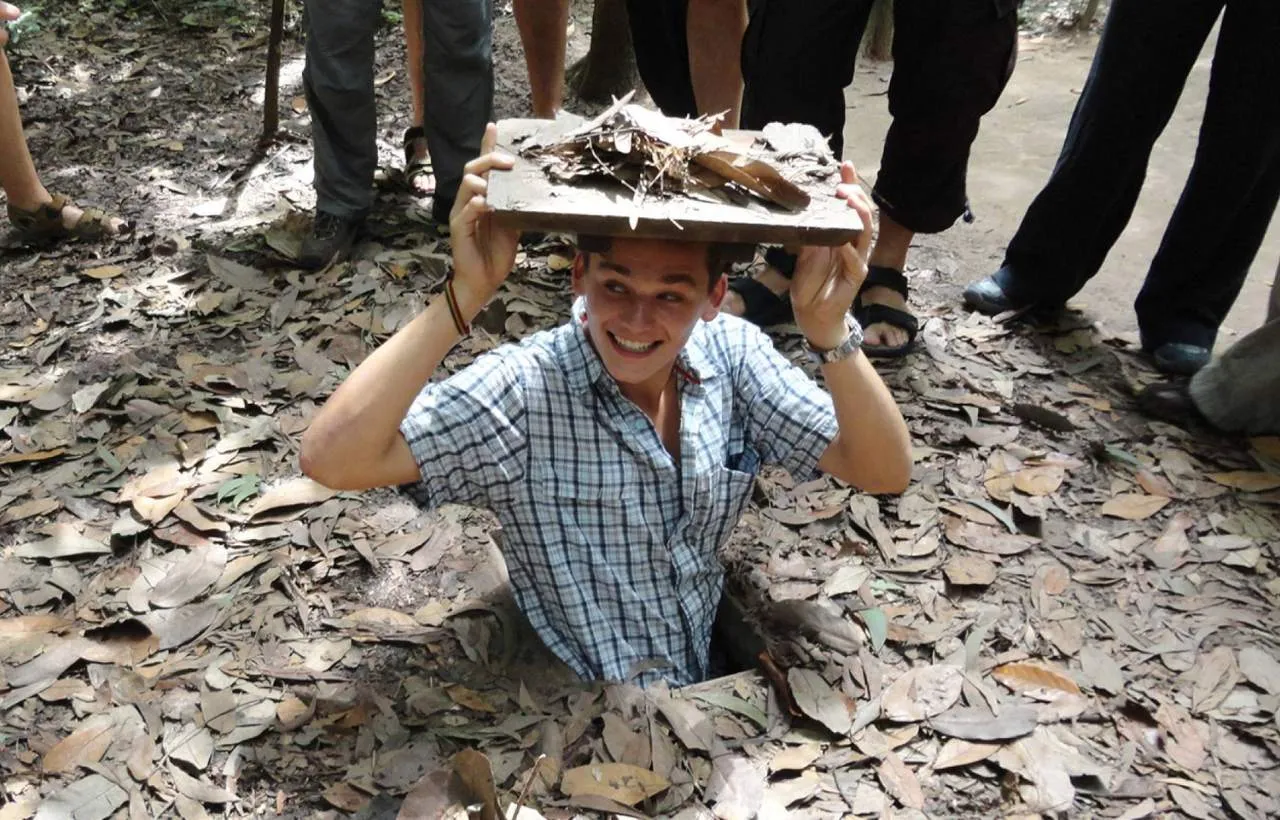
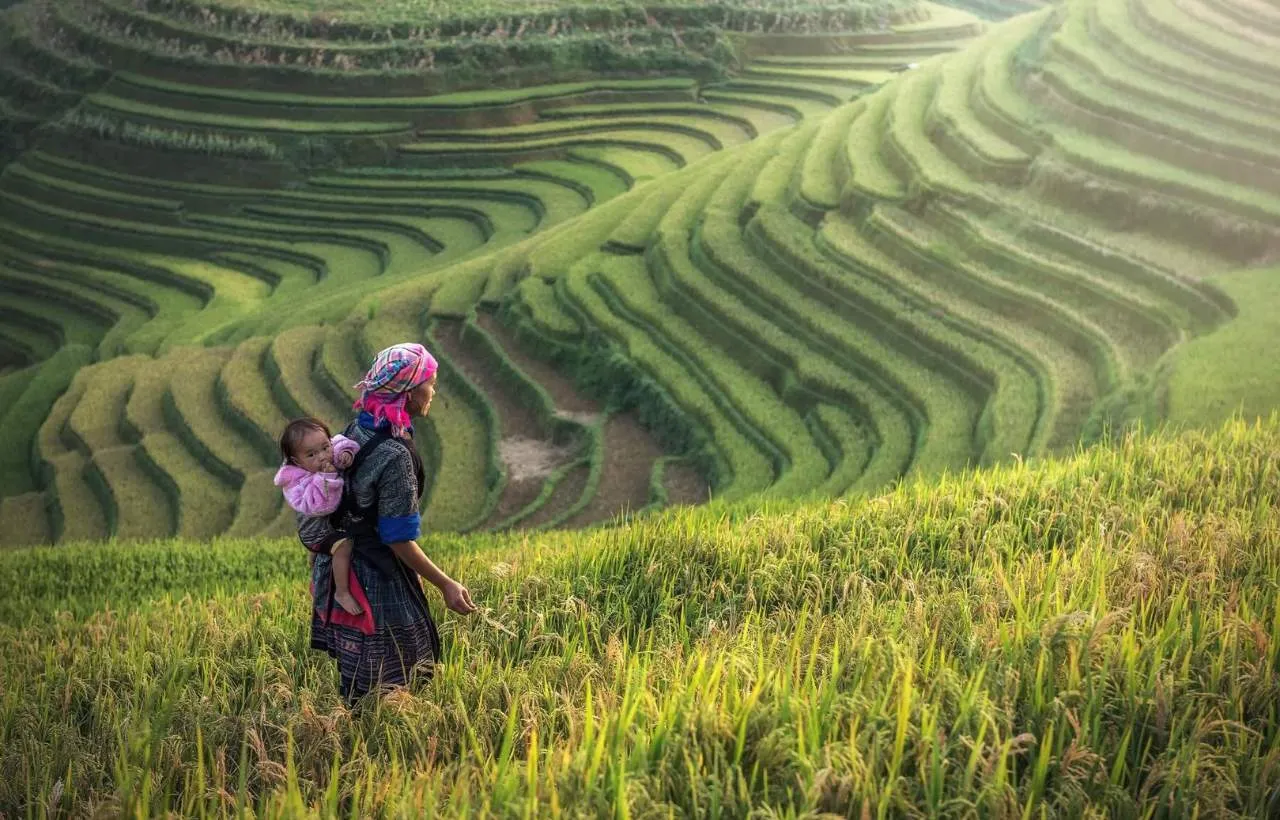
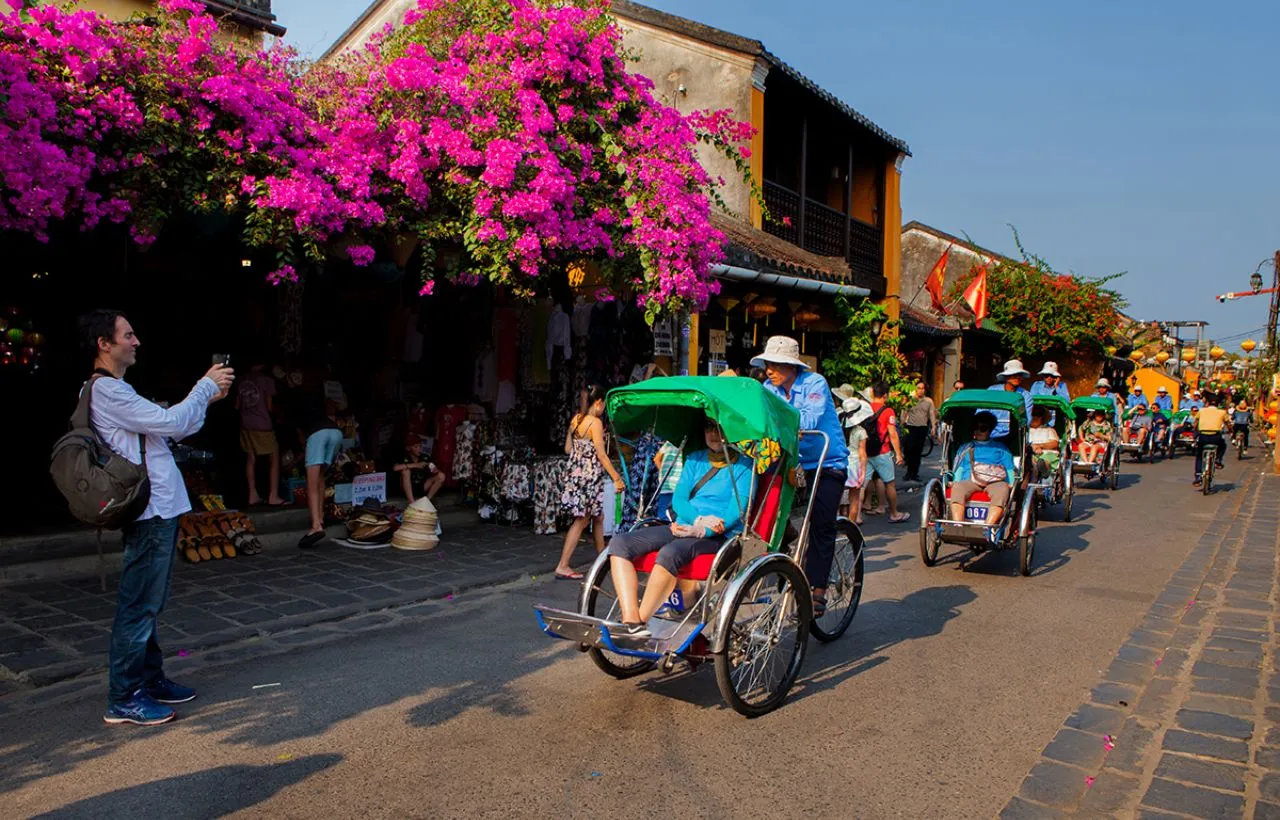
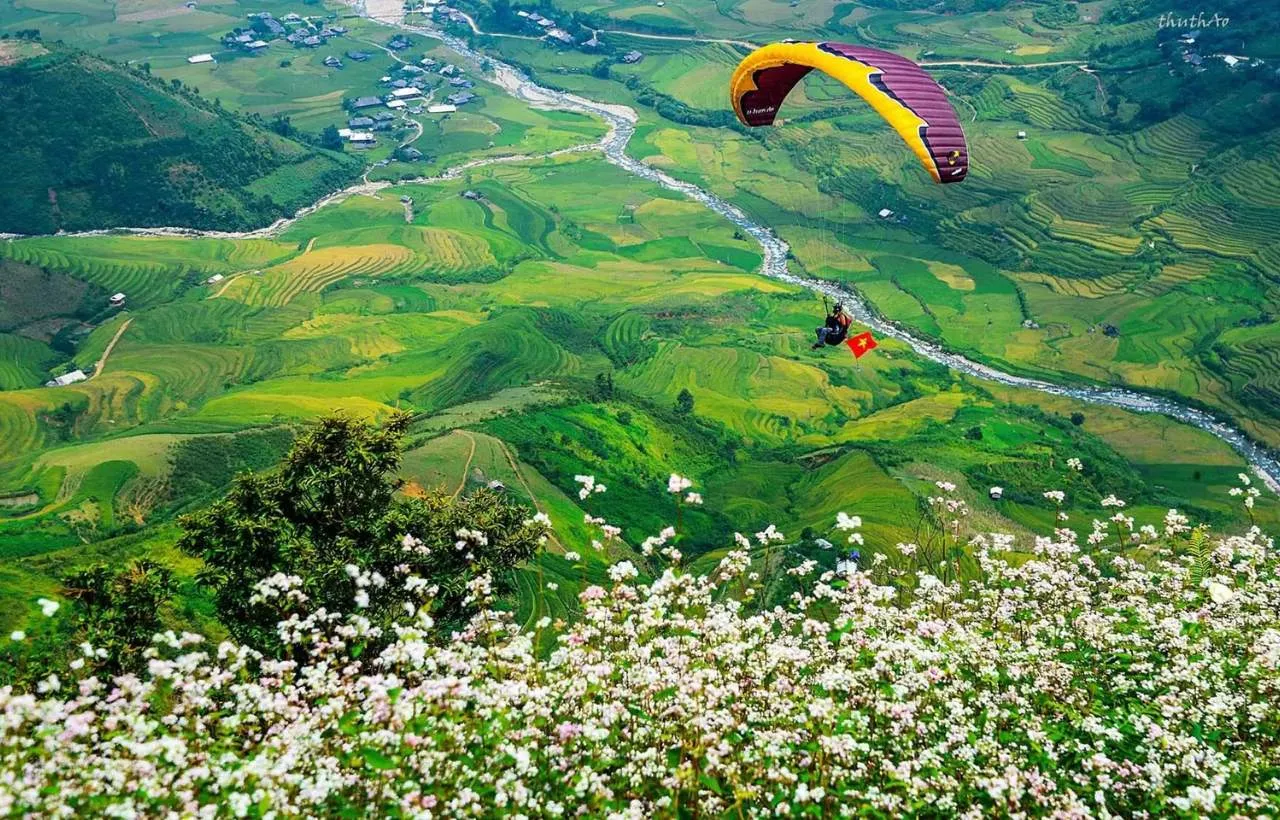
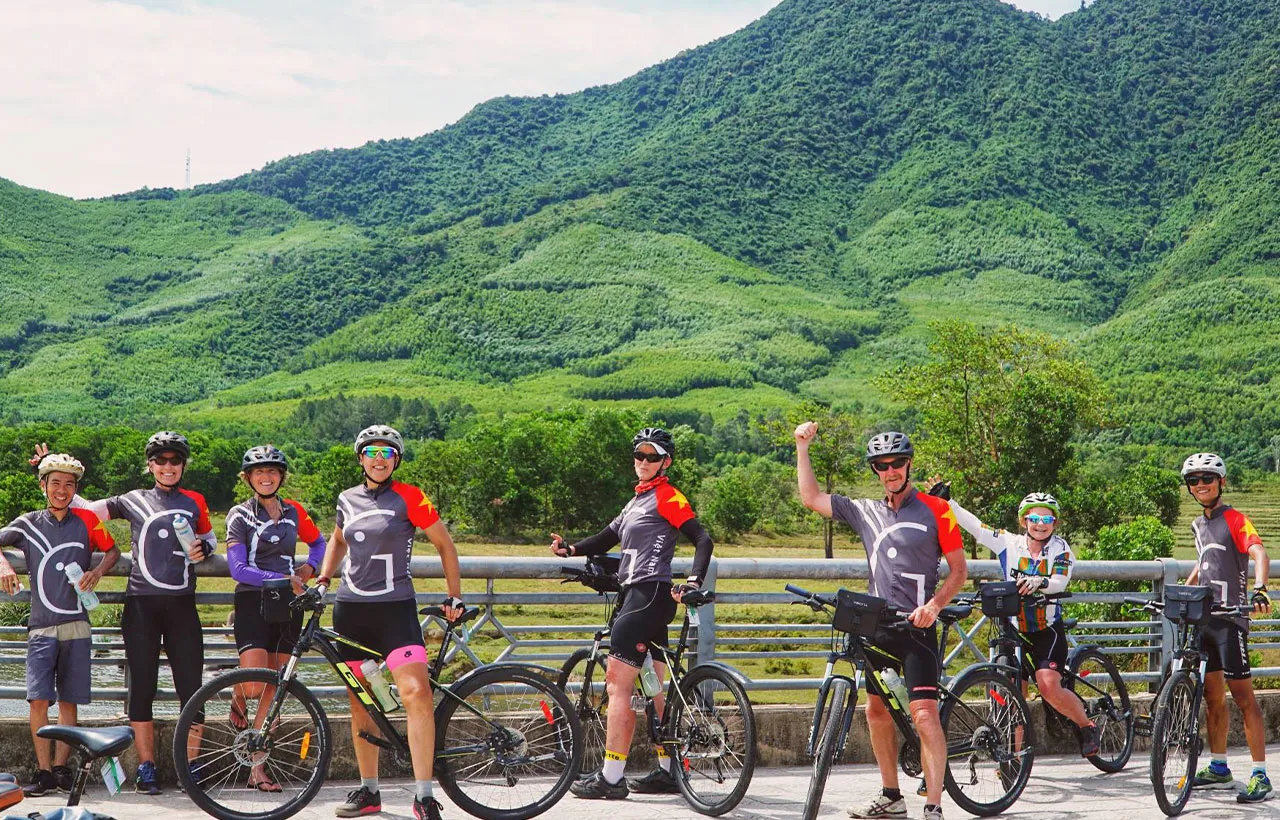

















 Adventure and relaxation between the wings in Sapa _ Fly Sapa Paragliding.webp)
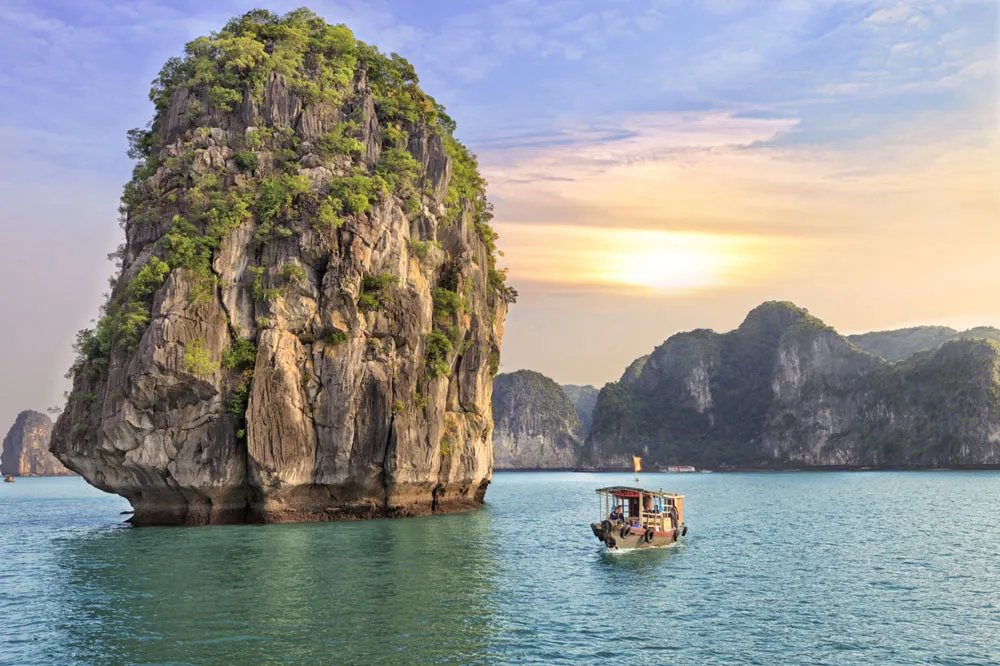

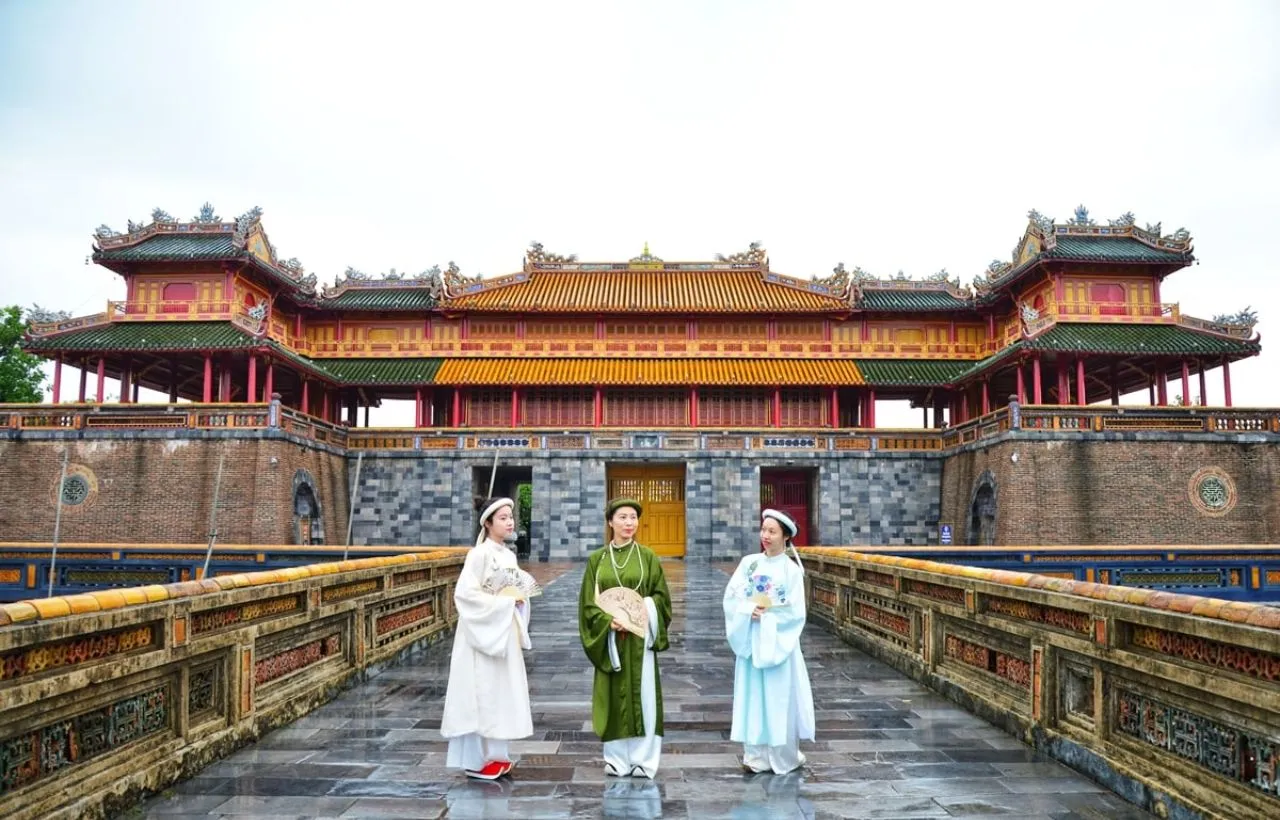

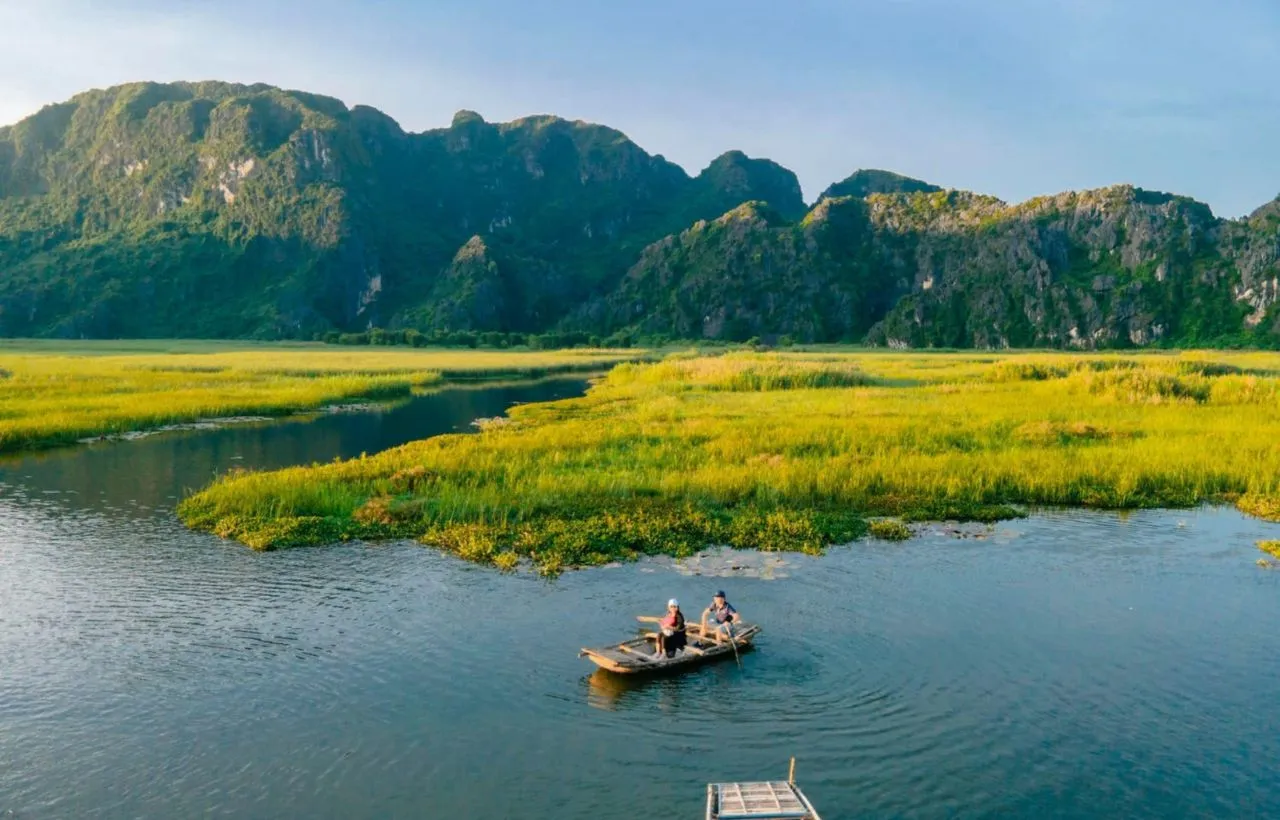
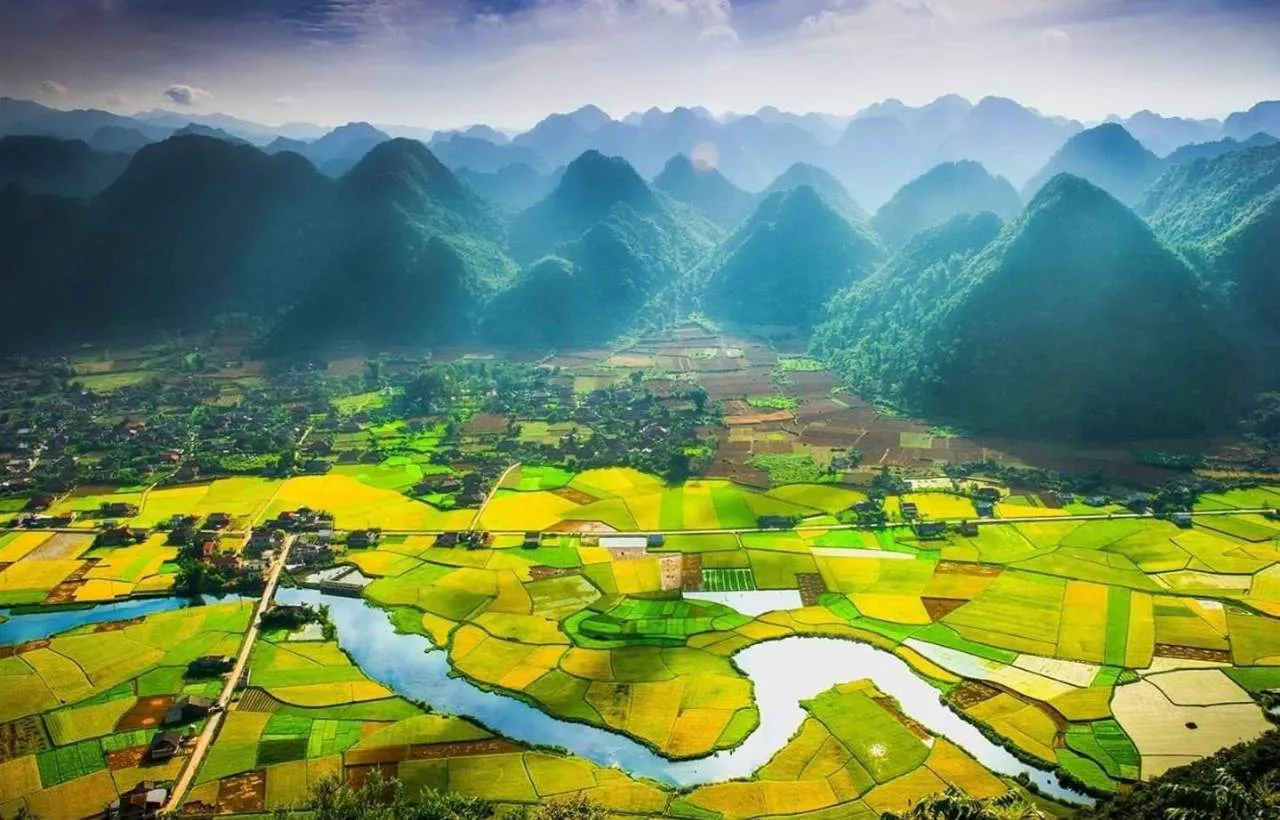
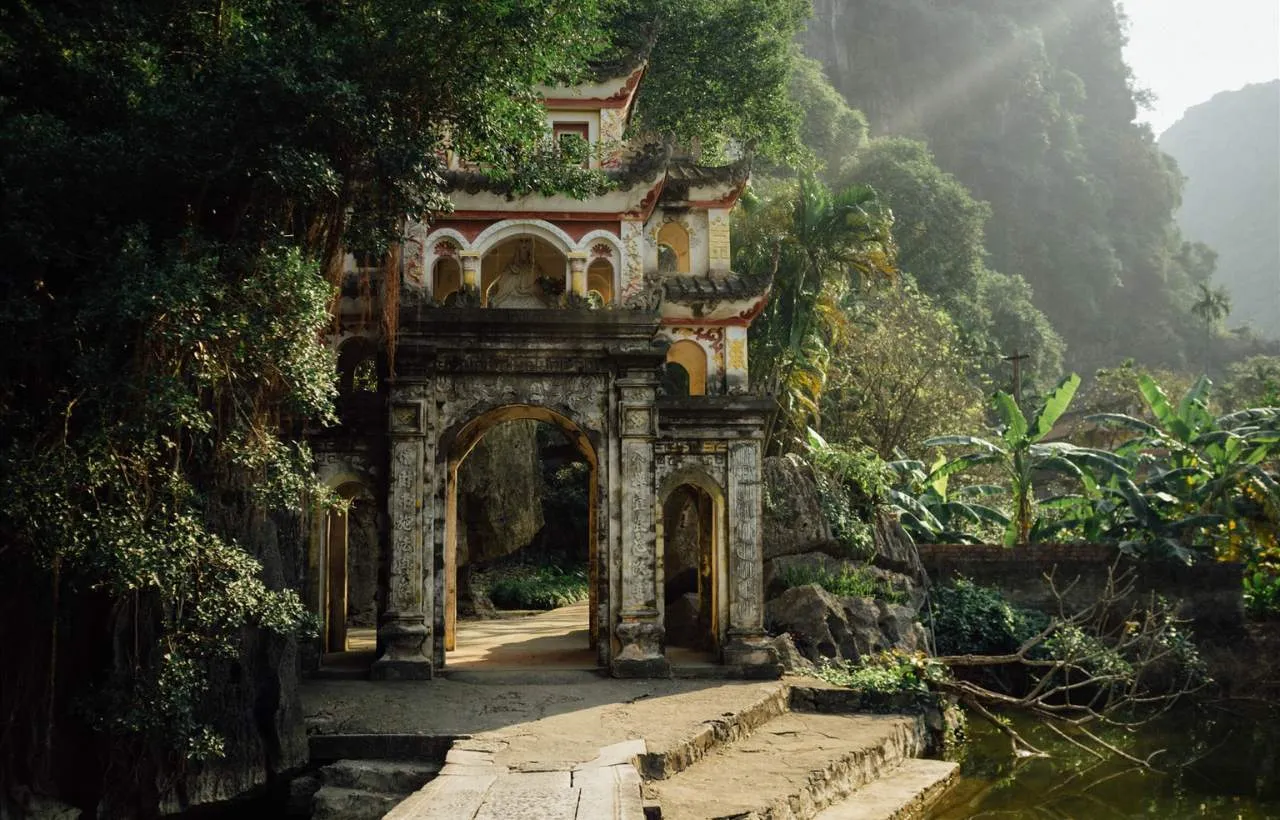
 View trip map
View trip map
